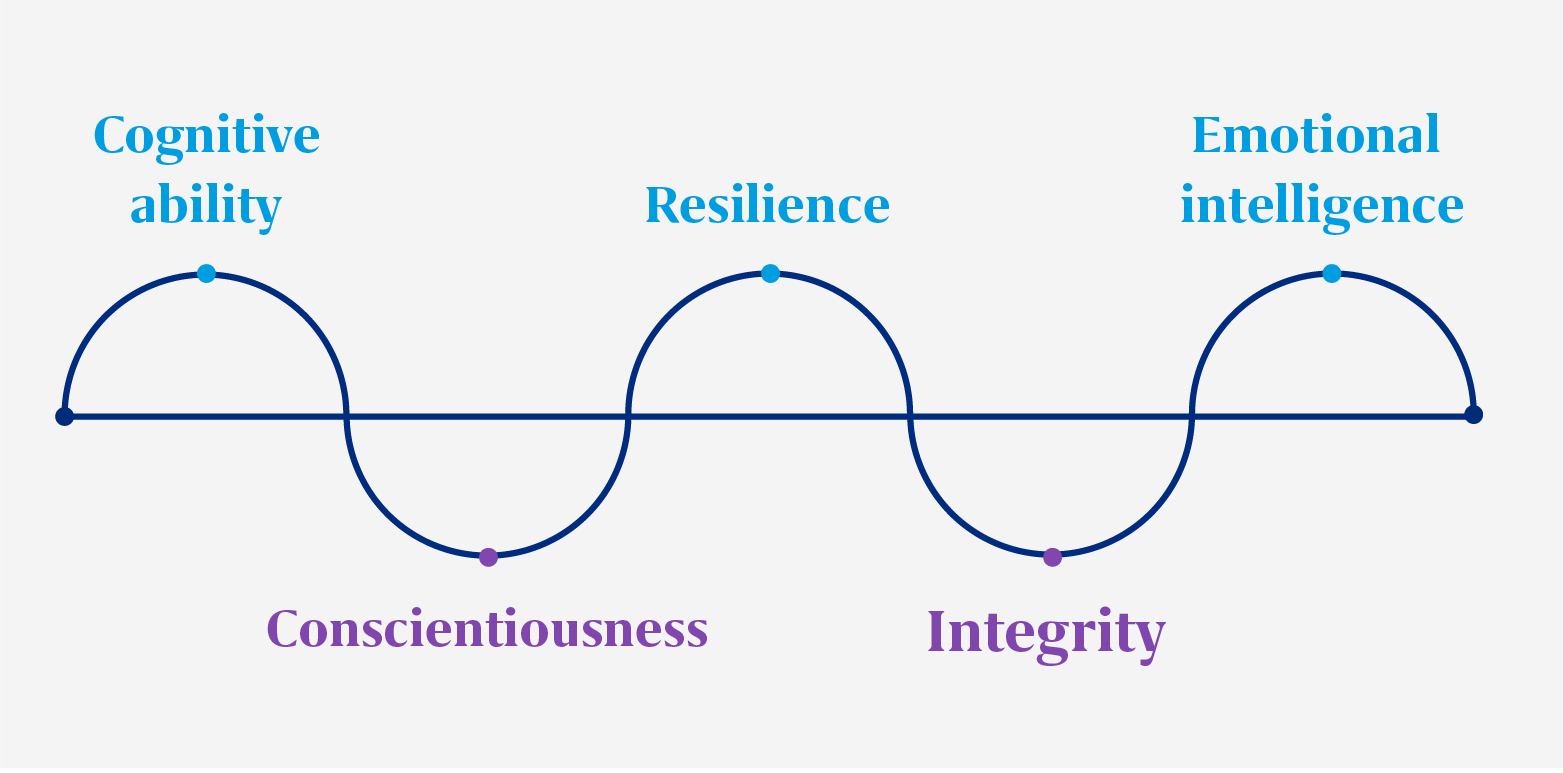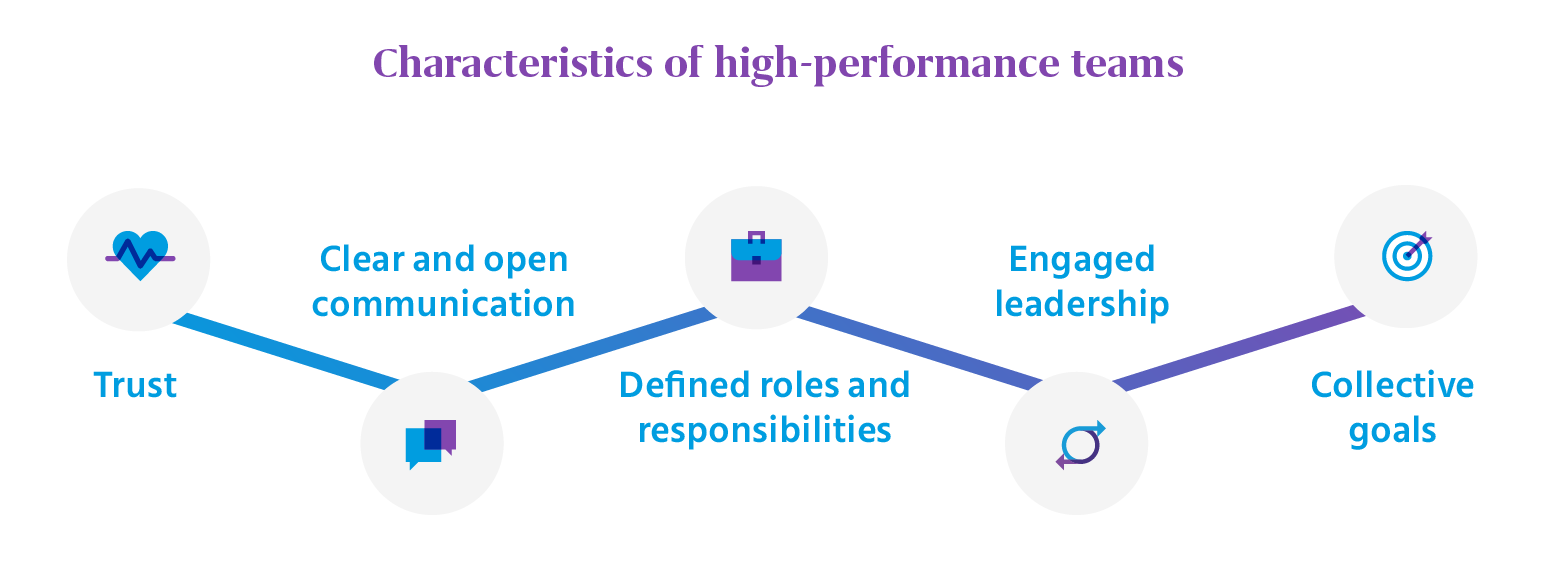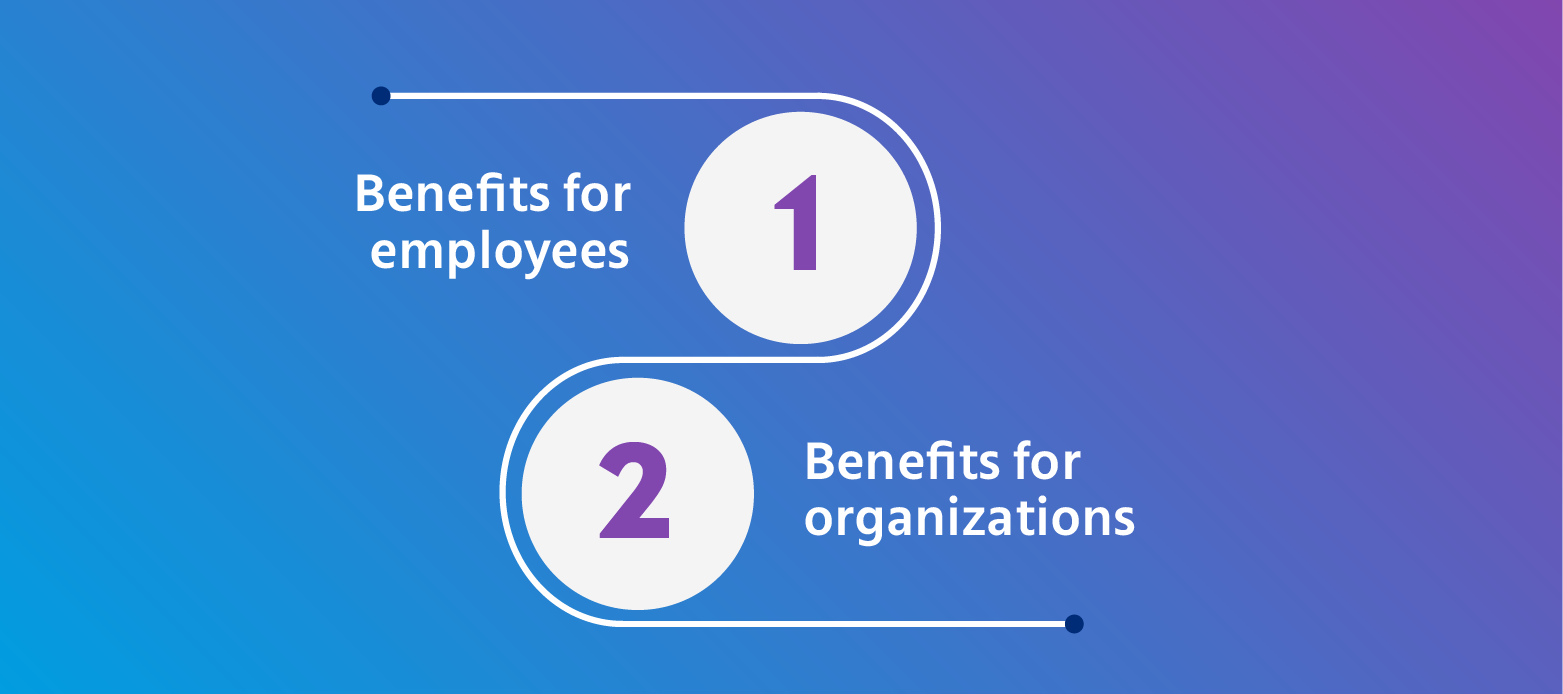
1. Cognitive ability:
It refers to the mental capacity of individuals to learn, reason, problem-solve, and process information effectively. Cognitive ability, as measured by aptitude tests, is a strong predictor of performance in the workplace. Mercer | Mettl’s Cognitive Speed Test can identify individuals with high cognitive abilities.
2. Conscientiousness:
It refers to being thorough, responsible, and diligent in one’s work. Team members with high conscientiousness are typically dependable, have excellent attention to detail and are committed to achieving high-quality results.
3. Resilience:
It refers to overcoming setbacks, adapting to changing circumstances, and persevering in facing challenges. Resilient team members can help the team navigate unexpected challenges and setbacks. They can maintain their composure, stay focused on their objectives, and motivate others to perform their best.
4. Integrity:
It refers to honesty, trustworthiness, and ethics in one’s actions and decisions. Team members with high levels of integrity are typically highly reliable, dependable and committed to doing the right thing.
5. Emotional intelligence:
It refers to effectively identifying and managing one’s emotions and those of others. Such team members are usually empathetic, communicative, and collaborative. They are skilled at managing conflicts and resolving disputes effectively.









 Behavioral Competencies
Behavioral Competencies Cognitive Competencies
Cognitive Competencies Coding Competencies
Coding Competencies Domain Competencies
Domain Competencies






































Would you like to comment?